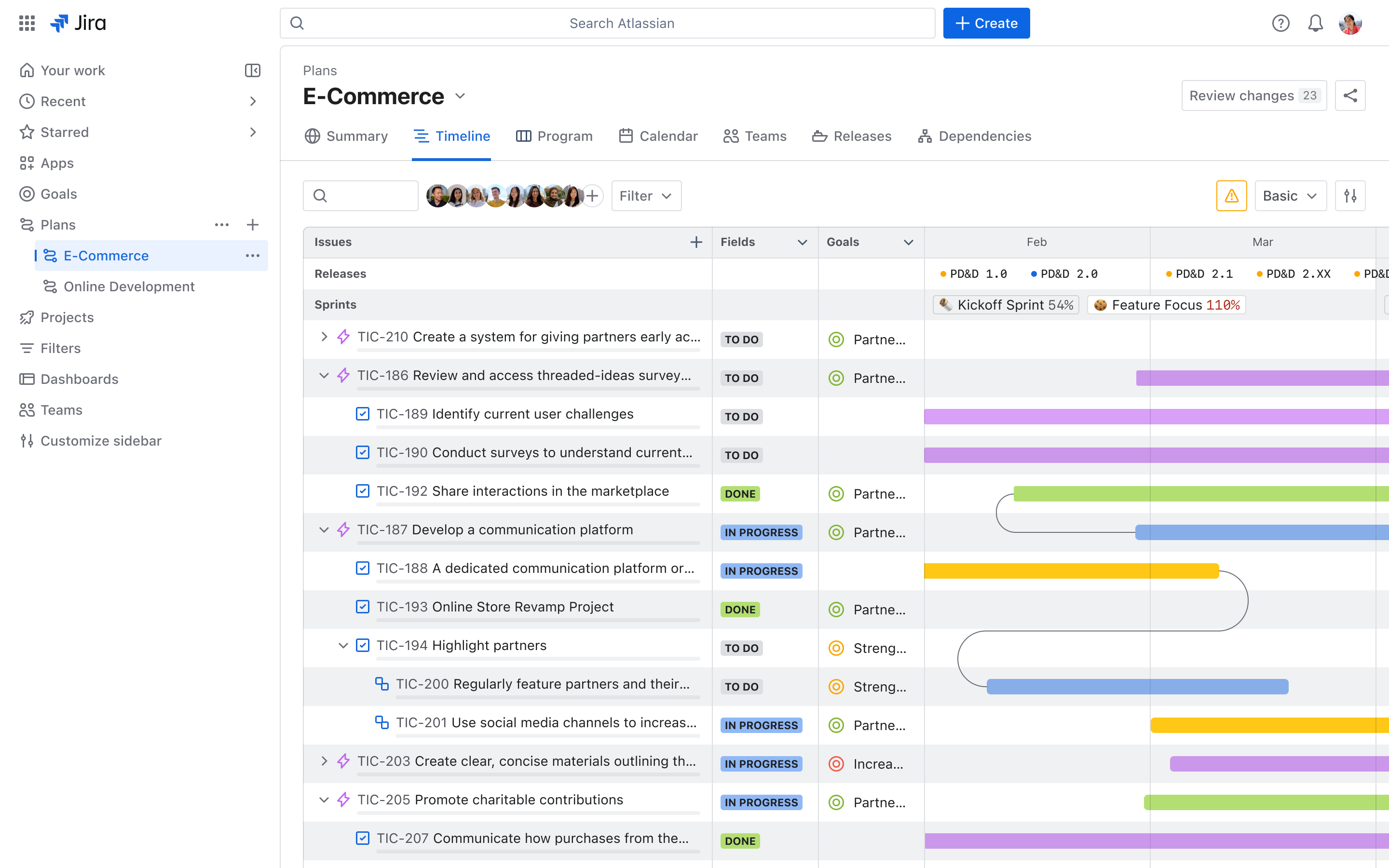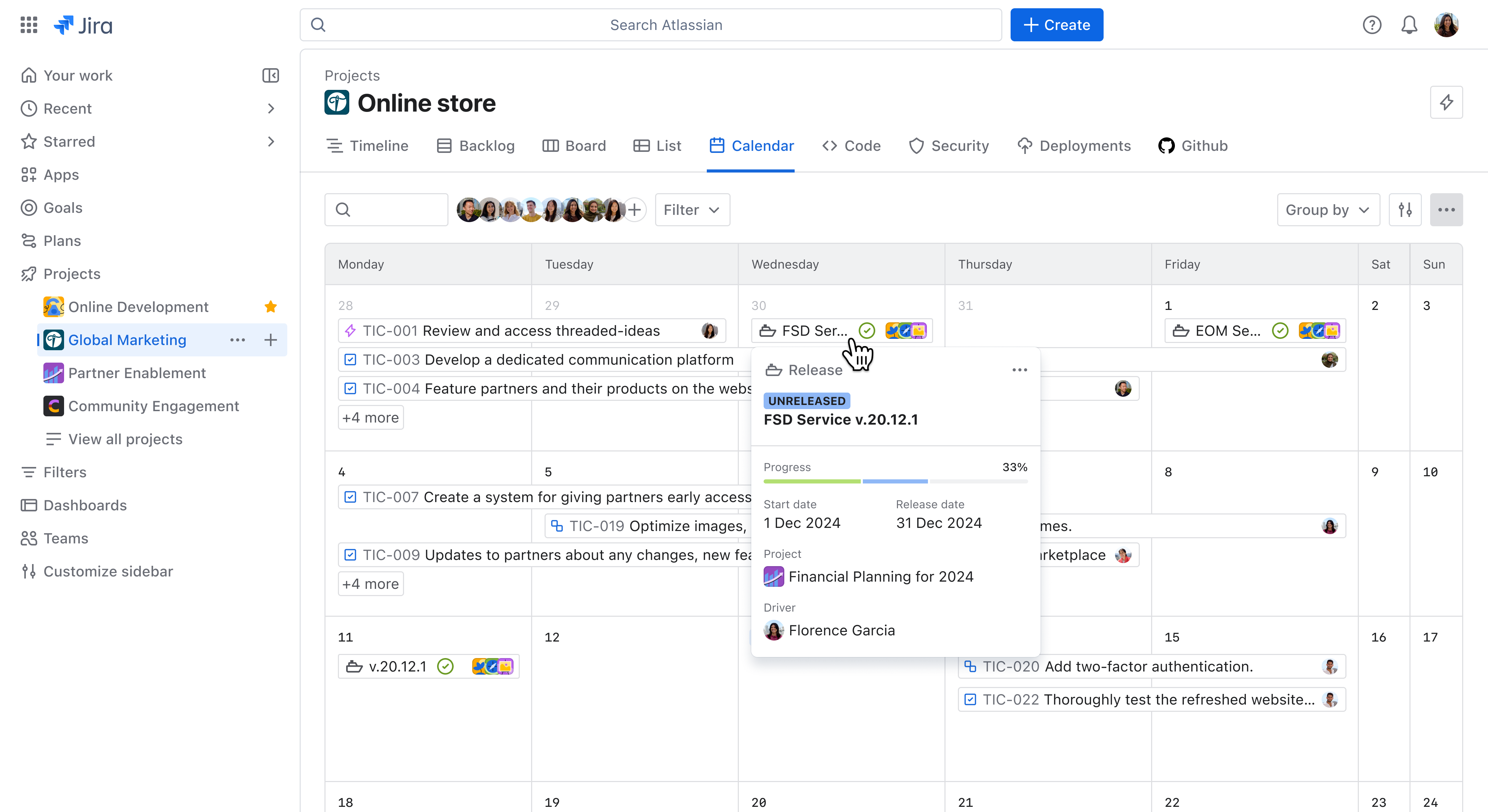Sponsor Content Created With Jira Service Management
How to choose help desk software
A simple guide to the benefits and key considerations when selecting help desk software

Customer service is crucial to every business, and most companies need software to manage their customer support workflow. Help desk software makes managing this workflow easy and boosts your support team’s productivity.
What are the types of help desk software, and what should I consider when choosing the best one? How do I choose the best software in a sea of options? We’ve created this guide to answer these crucial questions. Read on as we dive into the considerations for choosing help desk software and how to make the best choice for your organization.
Jira Service Management free offer for up to 10 users
Jira Service Management unites Dev, IT, and business teams on a single, AI-powered platform to deliver exceptional service. Whether you’re just getting started, or looking to switch to a more fast, flexible ITSM solution, Jira Service Management comes with the features you need to unlock your teams. Jira Service Management has everything teams need to deliver value fast.
What is help desk software?
Help desk software refers to computer programs that let you keep track of customer requests and handle them effectively. It centralizes the logging and management of support requests, ensuring your staff knows every issue that needs resolving.
A help desk platform integrates with external communication platforms to let your staff converse with customers. It also offers analytics features that allow you to monitor the percentage of resolved requests and the time taken to fix them. It gives a complete view of your support team’s productivity, letting you know when to adjust strategies for better results.
Benefits of help desk software
1. Centralized communication
A help desk tool gives your business a central platform to handle customer complaints. Every issue is logged and accessible via a central dashboard, ensuring no one gets ignored. Centralization enables your support staff to view and handle all queries immediately.
2. Improved productivity
Are you a pro? Subscribe to our newsletter
Sign up to the TechRadar Pro newsletter to get all the top news, opinion, features and guidance your business needs to succeed!
Help desk platforms automate several customer support activities, such as ticket sorting, follow-up reminders, and sending surveys after an issue is resolved. This automation has improved with the rise of artificial intelligence, as chatbots now help resolve mundane issues.
Automation frees time for your customer support team to devote to complex issues. It helps sort out the easy issues while your support staff devotes more time to the challenging ones.
3. Scalability
As your business grows, you will have more support requests to handle. Help desk platforms are scalable, so you can easily add more staff accounts and communication channels to enhance your support capabilities.
Cloud-based help desk tools scale easily, with robust server capacity to meet the increasing demand from your support team. Jira Service Management is an excellent example of cloud-based, highly scalable help desk software.

Considerations for choosing a help desk software
1. Support
Amusingly, support is a major consideration when choosing a platform to manage your company’s support operations. Research what support options a help desk platform provides before making your choice. Can you contact them via email, social media, live chat, or telephone? If so, can you contact them 24/7?
An ideal help desk software should have skilled support staff willing to solve customers' issues. Help should be minutes away in case of urgent matters. You can check customer reviews and online forums for testimonials about the platform. If you observe significant complaints about a help desk tool’s support system, it’s a signal to find an alternative.
2. Ease of use
You should evaluate the user-friendliness of a help desk platform before making a final decision. Does the platform have an intuitive interface that your support staff can easily navigate? Is there a mobile app that lets users handle support requests on the go? Will your staff need a long time to get used to the interface?
Most help desk tools offer free trials, which lets you evaluate their user-friendliness first-hand. Direct your staff to test the platform and give honest feedback. Analyze the feedback from both your tech team and the less tech-savvy staff. Too many complaints signal the need for an alternative because an unintuitive platform can lead to costly mistakes.
For example, Jira Service Management has a modern, customizable interface that helps organizations seamlessly manage their support workflows. Its mobile app lets support staff monitor and resolve complaints from anywhere.
3. Pricing
Different help desk platforms have different pricing structures. You should extensively research a platform’s pricing plans and read the fine print before selecting it. Some platforms advertise their product at a lower price than usual, while some have free trials but require credit card information to begin the trial.
Understand the pricing details of help desk software before choosing. Fortunately, most help desk platforms follow the software-as-a-service (SaaS) model, charging fixed monthly or annual fees for each user. This model makes it easy to estimate your cost beforehand.
Jira Service Management is a freemium tool. There’s a free plan with limited features and paid plans with advanced features. The two main paid plans are Standard, which costs $18 per support agent per month, and Premium, which costs $44 monthly per agent. Jira’s price is quite costly, but the sophisticated features make it worthwhile for large enterprises.
4. Analytics
Ideal help desk software should provide extensive analytics about your company’s support operations. This analytics helps you evaluate your support staff’s productivity and form new strategies to improve customer satisfaction.
For example, you can generate a custom report about the number of tickets created over the past month and the percentage resolved. You can view your average customer satisfaction score (sourced from surveys) over the past month and compare it to previous months. If the satisfaction score is down from the earlier months, it hints at your support operations needing improvement.
Jira Service Management provides extensive analytical and reporting tools. You can generate custom reports in your dashboard and monitor every aspect of your support operations. This platform provides valuable insights to transform your customer support operations.

5. Features
Carefully examine the features a help desk platform offers before selecting. Your organization might need specific features, so research which help desk platforms offer them.
Can you send an automated satisfaction survey after resolving a customer’s complaint? Can you set up reminders and alerts for specific issues? Can you create dynamic forms to get detailed information about customers’ problems? These are standard features to consider when seeking help desk software.
Jira Service Management offers broad features for your customer support operations. Notable ones include a custom-branded help center for your clients, alerts and on-call schedules, unlimited notifications, real-time incident monitoring, a live chat module, and an AI-based virtual service agent.
6. Integrations
One help desk software might not offer all your desired features. Third-party integration solves this issue. If a platform lacks a specific feature, you can integrate it with an external tool to obtain that feature.
For example, many help desk tools are integrated with Slack, the leading business communication platform. This integration lets staff receive critical support notifications on Slack. Many help desk tools are also integrated with Zoom to enable seamless video conferencing.
Before choosing a help desk platform, check its integration library thoroughly. The broader the integrations, the better. Jira Service Management has a vast library of third-party integrations for document management, time tracking, security, analytics, technical documentation, and many other functionalities.
7. Collaboration
Help desk platforms should have features allowing employees to collaborate to solve customer issues. Users should be able to tag and send messages to each other. Support staff can create internal notes, which others can comment on. Transferring a ticket from one agent or team to another should be easy. There should be a chat functionality for effective team communication.
How does help desk software work?
A help desk platform streamlines the process of gathering and responding to customer complaints.
Step 1: Creating tickets
The process starts with a customer submitting a complaint via a supported channel, such as a website form, chat module, social media, or email. The help desk software automatically converts a complaint into a ticket.
Step 2: Assigning and routing tickets
After creating a ticket, the software can automatically assign it to the right person or team based on predefined rules. For example, support requests from U.S. customers can be assigned to Team A, while support requests from German customers get assigned to Team B.
The assignment could be according to expertise, location, issue type, severity, and other criteria. Most help desk platforms let you create custom rules to assign tickets to the appropriate support agent or team.
Step 3: Prioritization
Help desk tools like Jira Service Management let you set ticket priority levels. Different colors denote different priorities, so support staff can easily identify the urgent ones to work on. Depending on your organizational rules, you can set priorities from Low to High. High-priority issues can be escalated to more senior staff for immediate resolution.
Step 4: Response and resolution
The support agent or team sees their assigned ticket and its priority level. Then, they start working to solve the customer’s issue. Your help desk software keeps a complete record of all staff interactions with the customer.
Agents can access your organizational Knowledge Base to help solve issues or use automated responses for mundane complaints. For complex problems requiring cross-team collaboration, help desk platforms allow staff to tag and chat with each other. Collaborative features keep everyone on the same page and help support agents solve problems faster.
Step 5: Closure
Once an issue is resolved, the assignee marks it as “solved” on your help desk platform. You can also send an automated survey to every customer whose issue gets resolved, asking them to rate your company’s customer service from 1 to 10. This score lets you evaluate your support team’s effectiveness over time.
As the administrator, you can constantly monitor the number of open tickets, the percentage of tickets resolved, the average response time, and the customer satisfaction score over a given period.
Stefan has always been a lover of tech. He graduated with an MSc in geological engineering but soon discovered he had a knack for writing instead. So he decided to combine his newfound and life-long passions to become a technology writer. As a freelance content writer, Stefan can break down complex technological topics, making them easily digestible for the lay audience.

